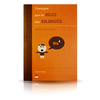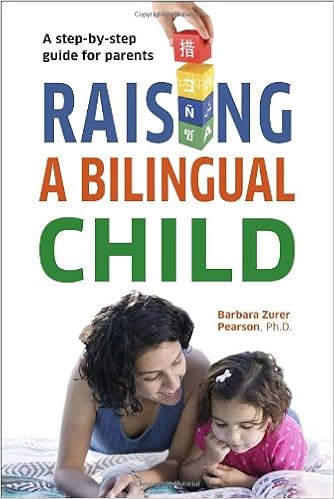De Houwer (2009) compared language outcomes for children exposed to two languages depending on the language practices of the parents. When both parents were born abroad and spoke only the heritage language (and spoke the community language poorly), not surprisingly, the children truly spoke the heritage language in the home and learned it relatively well.
We have another indication of the power of having only one language in the home: A study I report in my book also speaks to the role of the parents’ language practices. (It’s a 1992 study by Kenji Hakuta and a colleague that you’ll find (on p. 272) in the stats chapter–that many people skip over when they read the book : ) Those authors were looking at English and Spanish skills among high schoolers in California and they separated the group into 6 “depths”: 1) born abroad, came to U.S. after age 10, 2) came to use between 6 and 10, 3) came to U.S. before age 5; 4) born in the U.S.; both parents born abroad; 5) at least one parent born in U.S.; 6) at least one grandparent born in the U.S. Depth 3 and 4 children were the most balanced between their languages and had the best English and Spanish. This alone doesn’t tell us that the parents of Depth 4 children spoke Spanish with each other, but other sections of the same article showed a strong shift in the parents’ language attitudes and choices after Depth 4—and one consequence is the harder time their children had learning Spanish. Note that there was very little difference in children’s English abilities between depths 3 and 6. English did not wait for Spanish to diminish before it became stronger. In that study (as in many others) English was strong 2 “depths” before Spanish abilities declined.




